In the previous tutorial, we discussed different types of batteries. Apart from reusability and battery chemistry, how a battery is packaged is an important factor, as it should be accommodable in a device without compromising safety norms. The geometry and size of a battery also plays a vital role in its application to a circuit.
Batteries have been in use since the 1700s and are now available in a variety of shapes and sizes. The earliest battery shape was the jar design. In 1896, large F cells were introduced and were followed by D cells in 1898. C cells were the first small-size batteries introduced in 1900, followed by the still popular AA batteries introduced in 1907. At present, batteries come mainly in the following shapes:
- Cylindrical Cells
- Button Cells
- Prismatic Cells
- Pouch Cells
The standardization of battery size began after the introduction of cylindrical cells. In 1906, a non-government standards organization — the International Electrochemical Commission (IEC) — was formed to develop standards for batteries. In 1917, the National Institute of Standards and Technology (NIST) introduced alphabetical nomenclature for standard battery sizes that is still in use today.
Battery sizes
Batteries are available in the following sizes:
Cylindrical cells
Cylindrical cells are the most popular battery packs for both primary and secondary batteries and some of the easiest to manufacture. These cells have a pressure relief mechanism that enables them to withstand high internal pressure without deforming. Additional benefits include high mechanical stability, low cost, long life, and excellent cycling ability. These cells do not change their shape or size, so thermal management can be easily done with adequate spacing between the cells. The only drawback with these robust batteries is their weight and low packing density due to space cavities.
Cylindrical cells are highly reliable and typically come with a PTC switch that stops conducting current when a load draws excessive current, thereby offering short circuit protection. The switch returns to a conducting state once cooled. For mechanical safety, these cells use membrane seal or re-sealable vents. Some Li-ion cylindrical cells use charge interrupt device that disconnects the cell on exposure to unsafe mechanical pressure.
Cylindrical cells are typically used for nickel-cadmium and nickel-metal hydride batteries. These are available in popular sizes like AA, AAA, AAAA, etc. and also are available in partial sizes like 1/2 and ¾ formats. Rechargeable Lithium-ion batteries in 18650 size are also available in cylindrical cells. The 18650 Li-ion cylindrical cells have been widely used in laptop batteries and electric vehicles, but their demand is fading as the new electric vehicles will rely on flat battery designs. Still, 21700, 20700 and 22700-size Li-ion cylindrical cells will remain in demand for various consumer electronic applications.
Button cells
Button cells or coin cells are used as small-size primary batteries intended for compact portable devices. These low-cost cells are seen in motherboards, wristwatches, portable medical equipment, and cordless telephones. Their major advantage is their compact size allowing them to be easily stacked in a tube to achieve higher voltages. Their main drawback is the lack of safety vents and high charging time. These cells are mainly used in compact devices or as a power backup for some part of a circuit. Coin cells are also used to maintain the clock in motherboards.
Prismatic cells
Prismatic cells feature a flat rectangular design of these cells that allows maximum utilization of space. There is no standard size format for these cells, and their size varies with the manufacturers. They are commonly used in mobile phones, smartphones, notebook computers, and portable electronic gadgets, and are now the preferred choice in electric vehicles. The main drawbacks of these cells are poor thermal management, short life, and cost. They are prone to swelling due to gas build-up and may expand in size over a long time which presents safety hazards. They can also damage the device they are housed in, due to expansion and distortion.
Pouch cells
Pouch cells are the most flexible and lightweight of batteries. With sealed foil tabs from electrodes, these cells have a flexible bag-like enclosure that is designed to accommodate any swelling in the battery. Generally, small pouch cells may swell after a few hundred charge-discharge cycles, while large pouch cells may swell after several thousand cycles. This battery design is the most lightweight and allows maximum space utilization. Though designed for a light load, these cells can withstand high load currents and can be stacked side-by side to achieve higher voltages.
When pouch cells are manufactured, they are provided with a temporary gasbag. The gases that build up on the first charge escape to the gasbag, which is removed afterward. The pouch is then sealed and readied to supply. In subsequent charging cycles, a minimal amount of gas is produced, which may build up only after hundreds or thousands of cycles.
These cells have a higher energy density; however, these are quite expensive to manufacture. There is no standard size format for these cells — they come in a variety of sizes, and the size may vary with the manufacturers. Pouch cells are generally used in wearable electronics (like Bluetooth headphones, music players, and toys) and portable devices. There are also large pouch cells that are used in other applications such as UPS, ESS, etc.
Future trends
Currently, cylindrical cells and button cells are the most popular battery packs. However, the trend is shifting towards prismatic and pouch cells as their manufacturing cost is gradually decreasing. Future electric vehicles may be using flat-design cells (prismatic and pouch). and the same trend may be seen for batteries used in portable devices, gadgets, and consumer devices. The pouch cells can be manufactured like food packs, while rectangular cells may be more easily manufactured with improved automation systems. The manufacturers are still finding ways to improve safety, and thermal stability of flat battery designs as the future of batteries relies on space utilization, weight, and maximizing energy density without compromising safety.
In the next article, we will discuss choosing a battery.
You may also like:
Filed Under: Tutorials


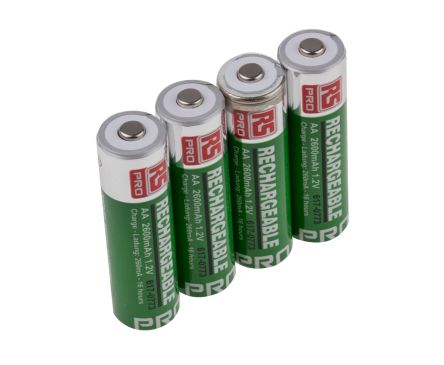
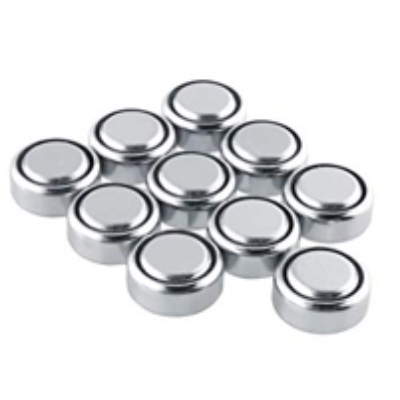
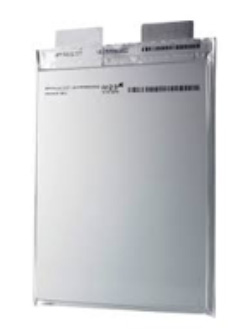
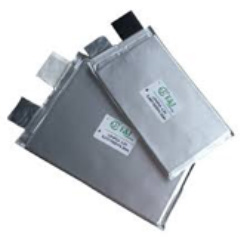

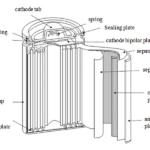

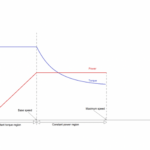



Questions related to this article?
👉Ask and discuss on Electro-Tech-Online.com and EDAboard.com forums.
Tell Us What You Think!!
You must be logged in to post a comment.